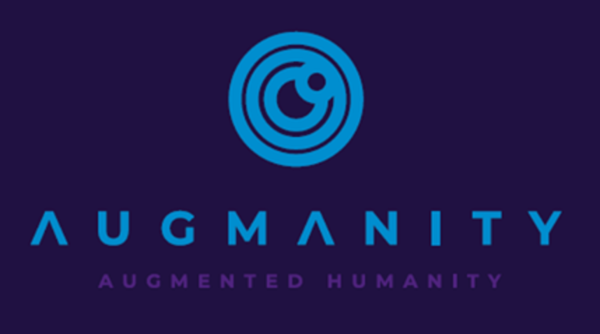Augmented Humanity

Project name | Augmanity – Augmented Humanity
Project type | Incentive System for Research and Technological Development – Mobilizing Programs
Main objective | Reinforce research, technological development and innovation
Reference | POCI-01-0247-FEDER-046103 | LISBOA-01-0247-FEDER-046103
Lead Promoter | Bosch Termotecnologia S.A.
Partners | AAPICO Maia S.A., Altice Labs, CCG, Associação Fraunhofer Portugal Research, TICE.PT, ATENA-Automação Industrial, BOSCH SEecurity Systems - Sistemas de Segurança, BOSCH Termotecnologia, CENTITVC, Critical Manufacturing, EPL - Soluções Industriais, Globaltronic – Eletrónica e Telecomunicações, Ground Control Studios, Huawei Tech.Portugal - Tecnologias de Informação, ICC - Indústrias e Comércio de Calçado, IKEA Industry Portugal, Instituto de Telecomunicações, Microplásticos, Universidade do Porto - Faculdade de Ciências, OLI - Sistemas Sanitários, Universidade do Aveiro, Universidade do Porto - Faculdade de Engenharia
Funding | PORTUGAL 2020
Total eligible investment | 8.184.504,14€
Co-financing (FEDER – COMPETE 2020) | 4.823.523,11 €
Co-financing (FEDER – LISBOA 2020) | 375.586,02 €
Investiment TICE.PT | 93.097,73 €
Co-financing TICE.PT | 69.820,82 €
Start date | 01/07/2020
End date | 30/06/2023
Co-financed by | COMPETE2020, Lisboa2020, P2020 e União Europeia


The project Augmanity intends to address main challenges to the industry in an age of unprecedented uncertainty, by:
- Developing relevant technologies that make industry workplaces more attractive in future (eg: by providing intelligent and interactive wearables for the workforce);
- Optimizing work tasks definition in such way that minimizes or eliminates health problems from intensive hard work, by improved ergonomic (eg: by developing external aid systems like exoskeletons adapted to the relevant activities);
- Reducing monotonous activities or eliminating associate frustration associated with ‘wasteactivities’ (eg: by camera monitoring/anticipation of logistic deliveries traffic congestion, we can optimize the routes assuring the logistic operator has an optimized route, or that this can be done automatically);
- Developing appropriate technology that allows existing workforce to be prepared for the new digitalization paradigm (eg: Augmented & Mixed Reality will improve the way our plant service technicians operate/troubleshoot);
- Using smart tools to measure or even promote tailored associate engagement (eg: HR platforms that use different datasources combined to measure such indicators);
- Taking best advantage of the integration of the cyber physical systems and ultra-connectivity within the industrial value chain (eg: by using 5G technology for connecting from sensor networks to machines in assembly lines);
- All this should be developed having in mind the energy efficiency that allows to have smart/green factories in the future.